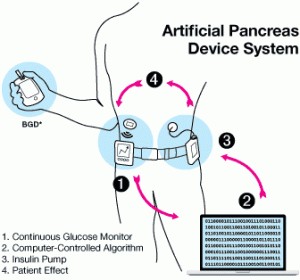--Originally published at Hermes's Blog

Today’s behicles feature driver assistance, like collision warning, automatic emergency braking and safety vehicle communications. The NHTSA (National Highway Traffic Security Administration) is exploring the full spectrum of its tools to ensure these technologies are deployed safely and effectively. It encourages the implementation of NIST Cybersecurity Framework. NHTSA promotes a multi-layered approach to cybersecurity by focusing on a vehicle’s entry points, both wireless and wired.
Malicious exploitation of security vulnerabilities in connected cars is a major problem, with news stories of hacking interfering with consumer acceptance of the current and future capabilities of vehicles.
The first well known security compromise of a smart vehicle, a 2014 Jeep Cherokee was hacked by security reserchers Charlie Miller and Chris Valasek in 2015, they were able to turn the steering wheel, disable the brakes and shut the engine down, all remotely. They also discovered that they could access thousands of other vehicles that were using the Uconnect entertainment and navigation system, common in Dodge, Jeep and chrysler vehicles.
It is good to know that automotive manufacturers and transportation compaines are well informed about these problems and are taking it very seriously, hiring cybersecurity experts as part of a concerted auto industry effort to greatly increase the strength of security features in cars.
Sources:
https://www.nhtsa.gov/technology-innovation/vehicle-cybersecurity
https://hackernoon.com/smart-car-hacking-a-major-problem-for-iot-a66c14562419








